The company has been adhering to the corporate tenet of "quality first, customer first", and sincerely welcomes domestic and foreign customers to visit and guide.
GET A QUOTE
1.1 Hysteresis curve

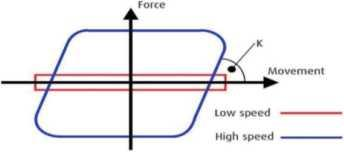
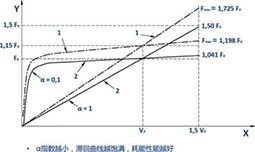





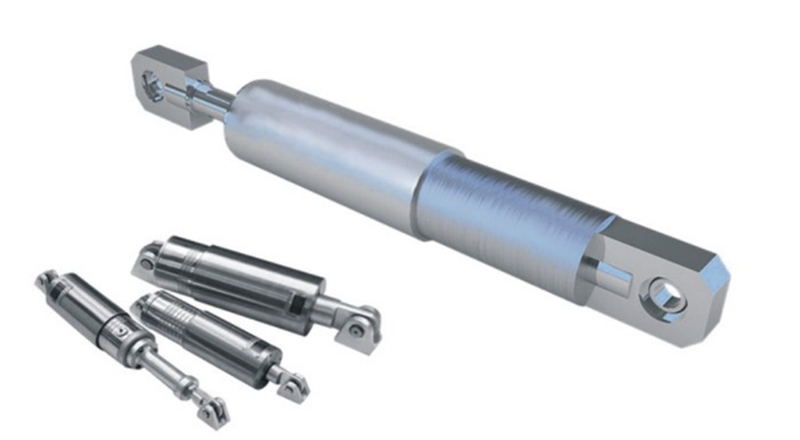
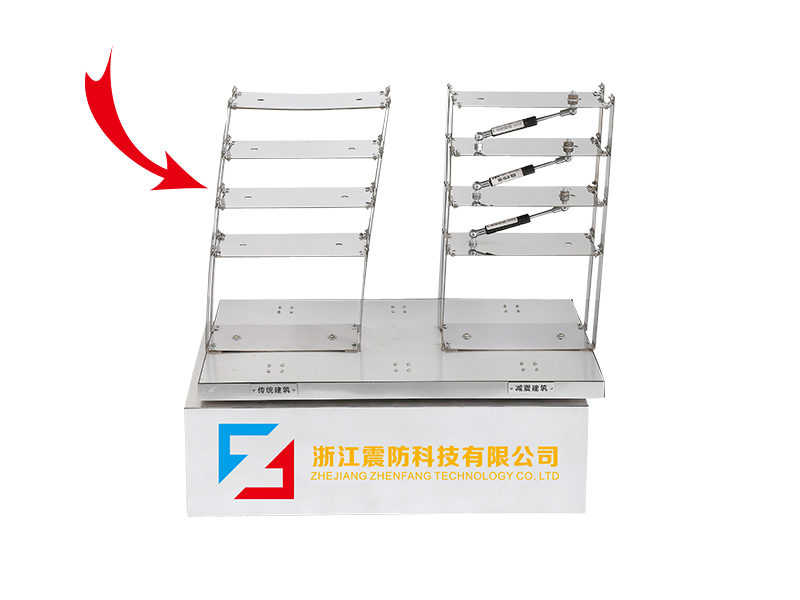

 |
 |
 |
| Construction without dampers | Damper inclined support | Damper man support |
 |
 |
 |
| Damper lateral support | Damper Shear Wall | Damper lasso type |

Zhejiang Earthquake Prevention Technology Co., Ltd. is a holding subsidiary established by Hangzhou Diping Zhenan Technology Co., Ltd. in September 2020. Zhejiang Zhenfang Technology Co., Ltd. has a registered capital of 26 million yuan, its own factory building covers an area of 10,800 square meters, and the standard factory building area is 6,000 square meters. With the great help of the Institute of Engineering Mechanics of China Earthquake Administration, the company has established a technical team led by domestic experts in seismic reduction and isolation technology, which has laid a solid foundation for long-term development in the future.
Zhejiang Earthquake Prevention Technology Co., Ltd is a member of China Disaster Prevention Association. Famous Viscous fluid damper manufacturers and suppliers in China, we provide Viscous fluid damper for better Shock Absorption system.
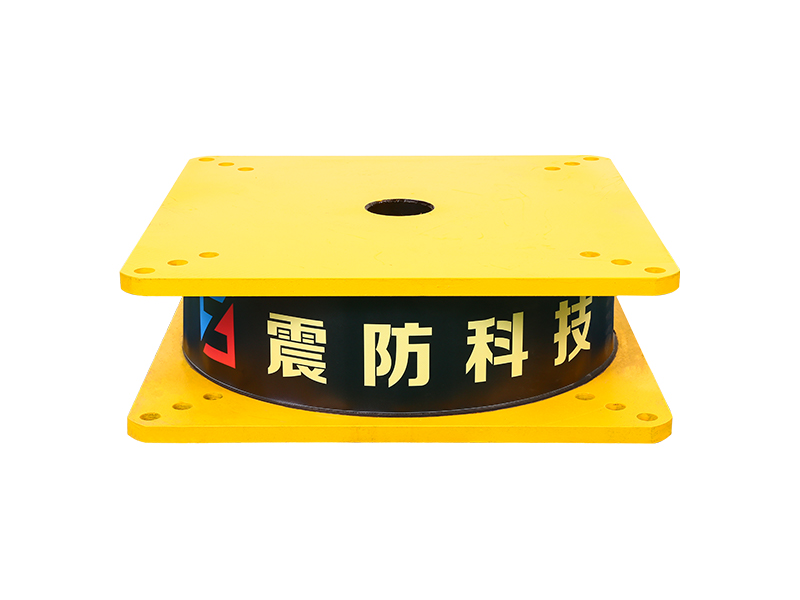
The industry comprising seismic isolation device manufacturers is experiencing a period of significant activity and evolution, driven by heightened gl...
Jan 02,2026
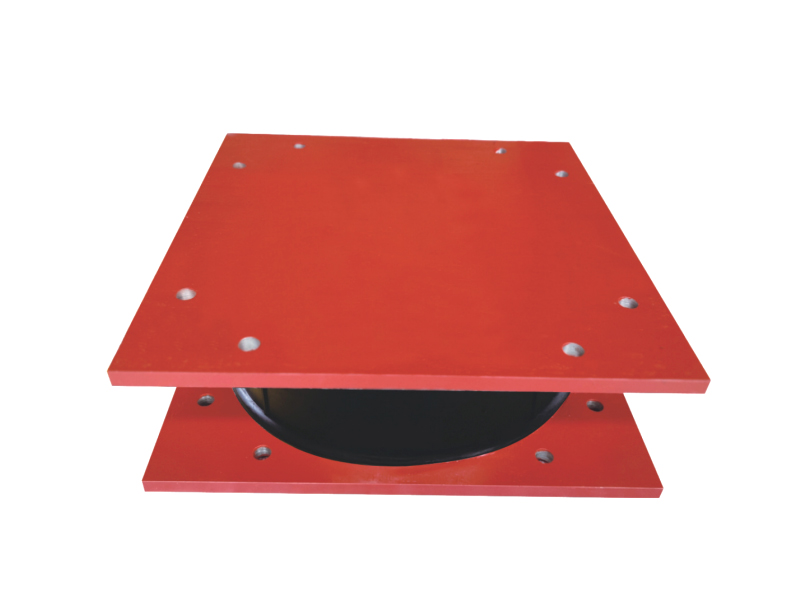
A critical technology in modern seismic and vibration engineering, the building isolation rubber bearing, is witnessing increased adoption in construc...
Dec 26,2025
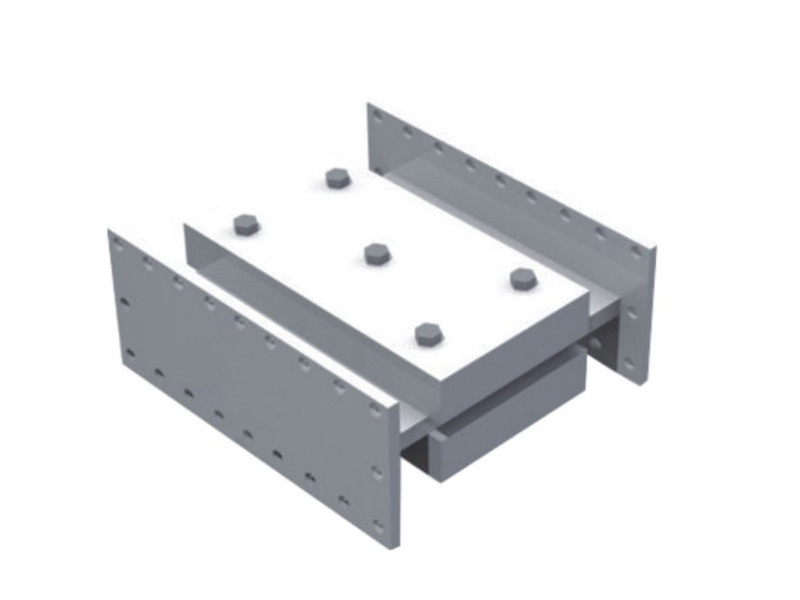
The component known as the metal damper is attracting renewed interest for its role in managing vibration, absorbing shock, and dissipating energy acr...
Dec 19,2025
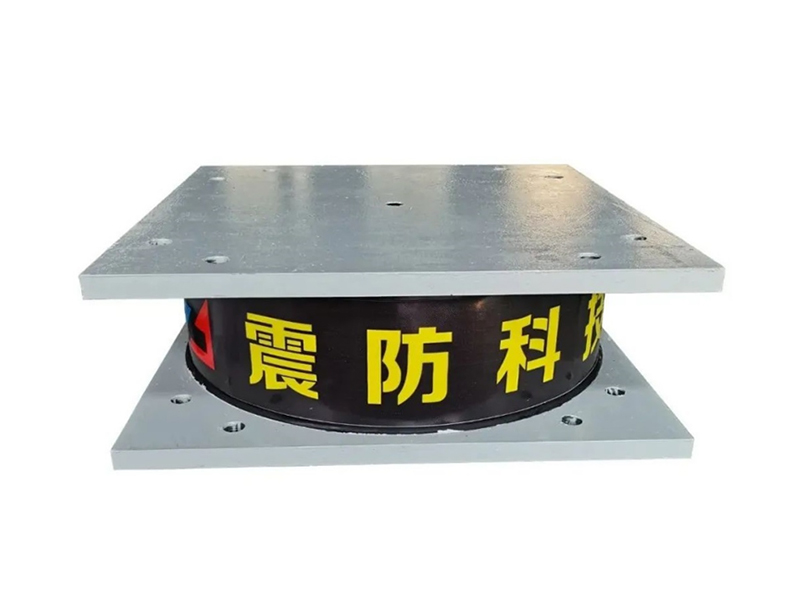
A specialized component known as the linear rubber bearing is finding increased application in various industries where controlled, low-friction linea...
Dec 12,2025
It mainly includes the middle steel plate, the two outer steel plates and the friction material between the steel plates.
Simple and easy analysis and design of structural vibration reduction.
Even large earthquakes are not damaged, so there is no need to replace.


The hysteresis curve is basically rectangular.
Velocity correlation, displacement correlation is small.
No post-maintenance required.
Vertical bearing capacity, horizontal restoring force, damping (energy absorption) trinity.
Improved rubber formula, the equivalent damping ratio can reach more than 12%.
Low maintenance and management costs (no additional damping devices required).

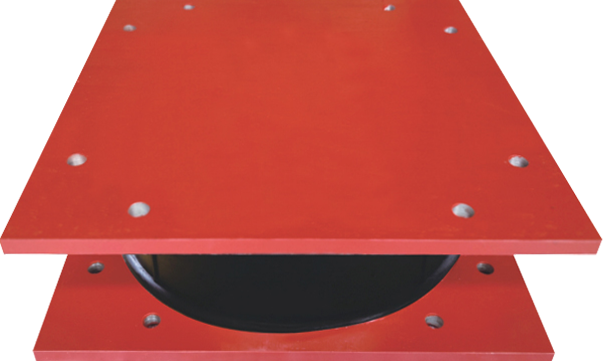
HDR high damping rubber has low temperature dependence and is widely used in different climatic regions.
HDR high damping rubber has the same superior deformation performance as natural rubber.
The surface of the high damping bearing is covered with a rubber protective layer to protect the internal rubber from ozone and ultraviolet rays.
It is a kind of damper related to stiffness and speed.
It is used in high-rise buildings, bridges, seismic reconstruction of building structures and other fields.
The damper absorbs and dissipates the impact energy of the earthquake on the building structure to the maximum extent.

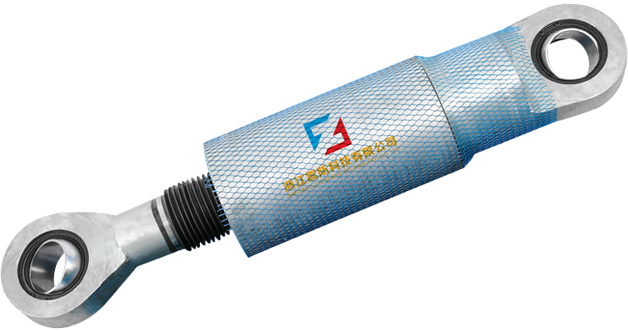
The medium has a small viscosity temperature coefficient, and good radiation resistance.
The company has been adhering to the corporate tenet of "quality first, customer first", and sincerely welcomes domestic and foreign customers to visit and guide.
GET A QUOTE
Add: No. 359 Guangming West Road, Sanmen County, Taizhou City, Zhejiang Province, China
International Trade Manager: Madison
Tel/Whatsapp:+86-17857335842
Copyright © Zhejiang Earthquake Prevention Technology Co., Ltd. All Rights Reserved.
